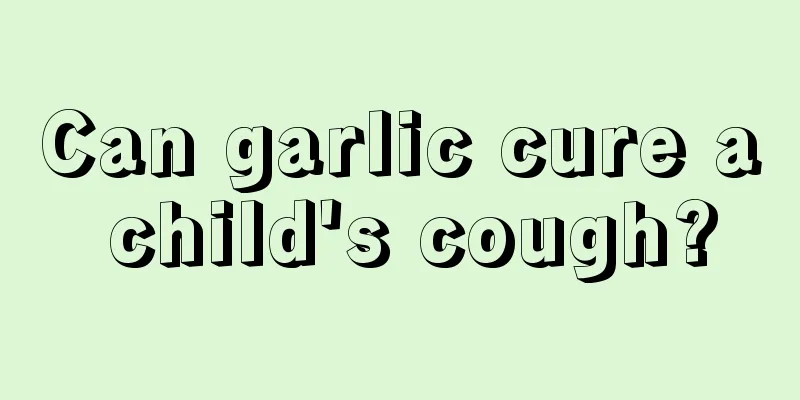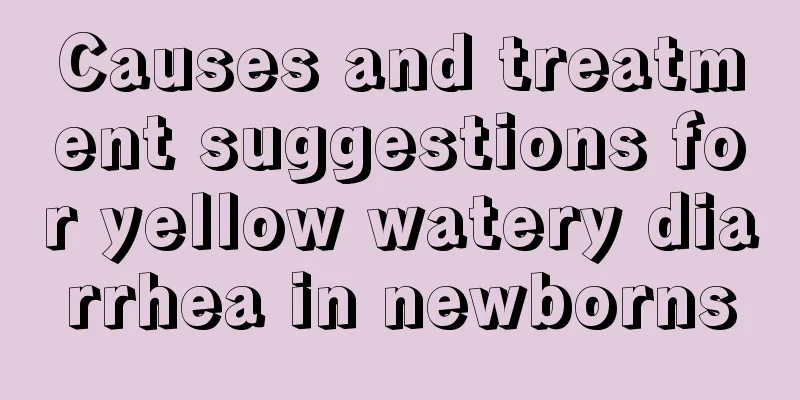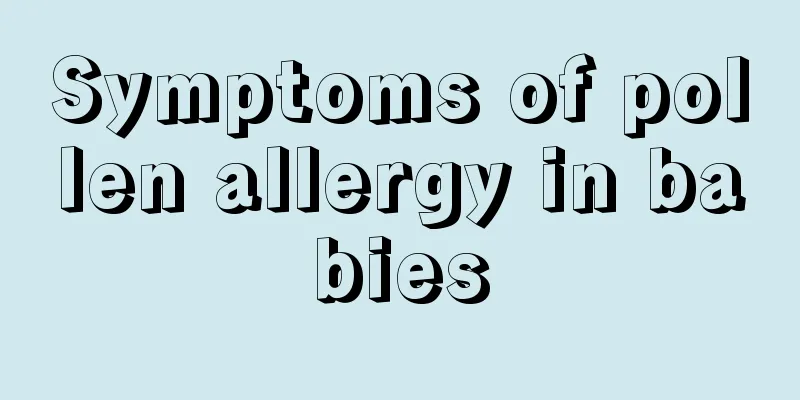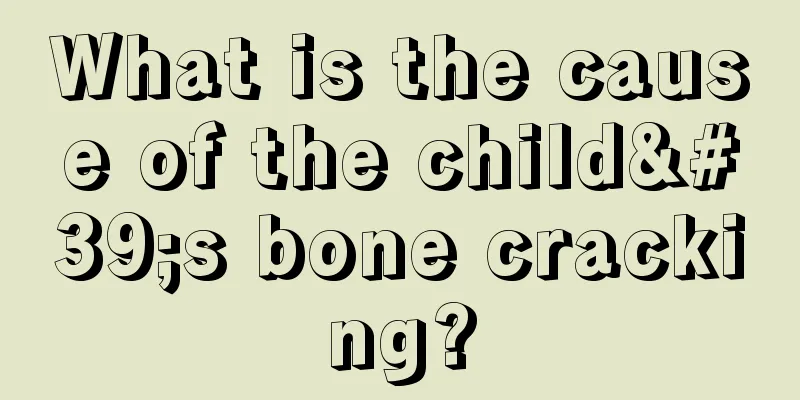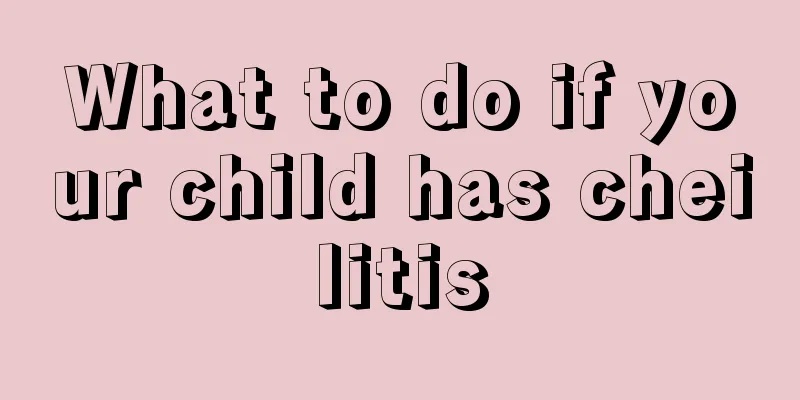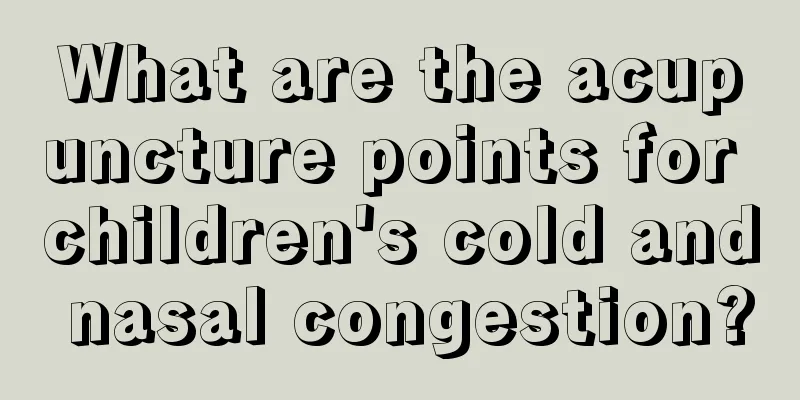What are the symptoms of laryngitis in children?
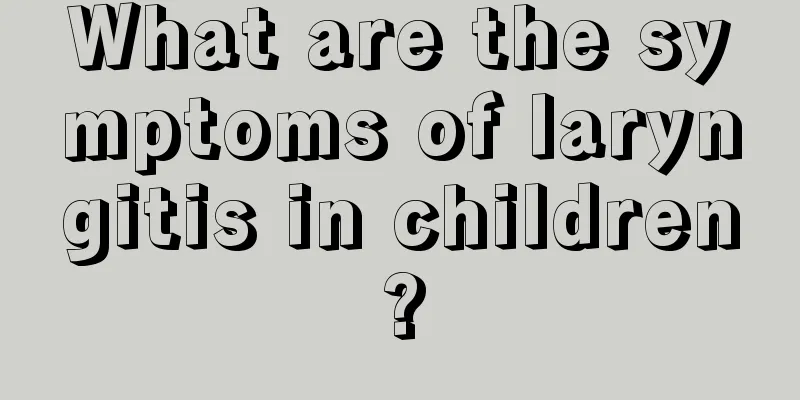
|
Pharyngitis is a common disease in children, especially for children under 5 years old. The soft tissue in the throat is not well developed, and is particularly fragile and susceptible to infection. Due to the change of seasons, pediatric laryngitis has a peak incidence in spring, summer and winter. So, what are the symptoms of pediatric laryngitis? Let me give you a detailed introduction below. 1. Acute laryngitis often occurs secondary to acute rhinitis and pharyngitis. 2. Children with malnutrition, low resistance, allergic constitution and chronic upper respiratory tract diseases are prone to acute laryngitis. Clinical manifestations Acute laryngitis in children usually has an acute onset and rapidly progresses, with the main symptoms being hoarseness, laryngeal sound, barking cough, and inspiratory dyspnea. In the early stage, the main symptom is laryngeal spasm, and hoarseness is usually not serious. It manifests as paroxysmal barking cough or dyspnea. In severe cases, symptoms include cyanosis of the face, irritability, flaring of the nostrils, cold sweats, and a rapid pulse. Symptoms are milder during the day and worsen at night. Differential Diagnosis 1. Foreign bodies in the respiratory tract First of all, it should be distinguished from foreign bodies in the respiratory tract. Acute laryngitis usually has no history of foreign body aspiration, but there may be a history of upper respiratory tract infection such as fever, runny nose, cough, etc. before the onset of the disease, which can be used to distinguish it. 2. Laryngospasm in children It should also be differentiated from pediatric laryngeal spasm, which is common in younger infants. There may be laryngeal wheezing during inhalation, with a sharp and thin tone. The attack is relatively short, and the symptoms may disappear suddenly, without hoarseness or fever. 3. Congenital diseases of the larynx Congenital laryngeal diseases such as congenital laryngomalacia may also cause symptoms such as honking and dyspnea, and various laryngoscopic examinations can help to differentiate them. treat Acute laryngitis in children usually has an acute onset and progresses rapidly. If it is not diagnosed and treated promptly and effectively, serious complications and sequelae may occur. Therefore, if you are sick, you should go to the hospital as soon as possible. 1. The key to the treatment of acute laryngitis is to relieve laryngeal obstruction as soon as possible, use effective and sufficient antibiotics to control infection as early as possible, give glucocorticoids to promote the disappearance of laryngeal edema, strengthen oxygenation, antispasmodics, expectorant and other treatments, and closely observe the child's breathing. 2. After active treatment, the symptoms do not improve significantly or further worsen, resulting in severe breathing difficulties, and even respiratory and circulatory failure and death. For such critically ill children, monitoring and supportive therapy should be strengthened, and those with severe laryngeal obstruction should undergo tracheotomy in a timely manner. |
<<: Symptoms and treatment of laryngitis in children
>>: What should I do if my child has blisters in his throat?
Recommend
What is the disease of children's swollen gums?
Swollen and painful gums are relatively common de...
What should a newborn baby wear?
Many parents of newborn babies do not know how to...
What to do if your baby is frightened
Families with babies tend to pay special attentio...
What to do if children have thinning hair
Children's physical health is one of the thin...
What causes a child to suddenly have a nosebleed?
Some young children suddenly experience nosebleed...
Emergency treatment for children's skin cuts
In people's daily lives, there are always som...
The role of trace elements in baby testing
As the baby grows day by day, the demand for nutr...
What causes a baby to suddenly become sleepy?
Babies are very important to every family, especi...
How to stop vomiting in children
Children's stomachs are relatively fragile. I...
Six strategies to deal with babies who don't eat fruit
As children grow up day by day, mothers need to b...
How to treat oral ulcers in three-year-old babies
Babies are too young to brush their teeth as freq...
What's wrong with the pimples on the baby's body?
In the daily life of caring for newborns, parents...
Newborns make piglet grunting sounds
Sometimes mothers will find that their newborns m...
Milk volume for a two-week-old newborn
Every parent hopes that their baby can grow up he...
A 10-year-old boy can't sleep at night?
The quality of a child's sleep has a great im...
